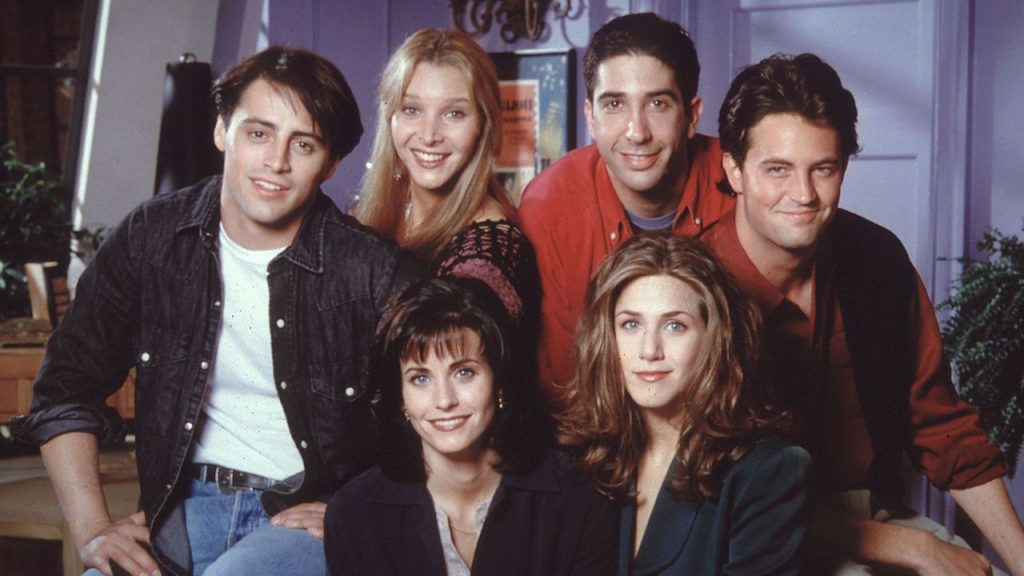Celebrating 30 Years of Friends: The Timeless Appeal of a Cultural Icon
3 min read

I must admit, I didn’t catch the premiere of the beloved sitcom Friends when it first aired in the U.S. on September 22, 1994. Nor did I tune in when it arrived on British television the following spring. However, everything changed when it came time for the series finale. During a road trip across the U.S., I made a point to check into a motel near Cincinnati, Ohio, specifically to watch the concluding episode, “The Last One,” on May 6, 2004. Just as room service delivered my burger and beer, my excitement peaked as I anticipated the final line of the series.
This shift in my attitude—from indifference in the ’90s to eagerness in the early 2000s—mirrors the broader phenomenon of the show’s enduring success and global appeal.
Initially, the premise of Friends didn’t seem promising. It revolved around six characters who appeared rather unremarkable, and the cast was relatively unknown to me. The majority of the show unfolded in two adjoining Manhattan apartments and a coffee shop called Central Perk, where the characters repeatedly gathered. In truth, not much happened in terms of plot.
The Power of Ensemble Storytelling
So, why did Friends resonate so deeply? The first key aspect is that it was less a traditional situation comedy and more a character-driven narrative. The show didn’t rely on extraordinary scenarios or dramatic events. Instead, it was an ensemble piece, allowing viewers to gradually bond with the characters, making them feel like friends themselves.
Friends thrived on relatable storylines—crushes, romances, misunderstandings, and lighthearted moments, like Ross’s obsession with teeth whitening. Viewers found themselves identifying with different characters—“Are you a Monica or a Rachel?” became a common question among fans. The show adeptly addressed everyday relationship dilemmas, like the infamous debate over the rules of being “on a break.”
Thanks to its excellent production, casting, and writing, Friends avoided the common pitfalls of sitcoms, such as “jumping the shark”—a term used to describe when a show veers away from its original premise into absurd plot twists. Remarkably, the six characters maintained their friendships throughout the series, reinforcing a core theme that resonates with audiences.
At the heart of Friends lies the concept of friendship itself, framed within a context of aspiration. Popular culture often serves to present an idealized version of reality, allowing viewers to escape their everyday lives. This aligns with the ideas of Utopian sociologist Ernst Bloch, who referred to this phenomenon as “wishful images in the mirror,” with the television screen acting as that reflective surface.
An Aspirational World
The lives of Monica, Rachel, Joey, Chandler, Phoebe, and Ross embody a wishful existence. They occupy improbably luxurious apartments for their respective jobs, and their identities are shaped more by their friendships than by their careers. The characters are attractive, fashionable, and constantly engaged in leisure activities. Conflicts are resolved swiftly, and, crucially, friendship always prevails.
In contrast, this idealized portrayal stands in stark relief to the realities faced by many people today—issues of isolation, loneliness, and the weight of daily struggles. Yet, through Friends, viewers are reminded that there’s always someone “there for you,” even if it’s through a television screen.
Some critics have raised concerns about the show’s lack of diversity and its outdated perspectives on cultural issues. While these criticisms hold some truth, it’s important to note that critical reception often evolves over time. Classic shows that have moved into syndication tend to be embraced by audiences based on word of mouth rather than modern ideological critiques. Ultimately, viewers simply seek humor and connection.
As for the series finale, the last line went to the late Matthew Perry as Chandler Bing. When Rachel suggests they all go for one final coffee, Chandler famously quips, “Sure. Where?”
As we celebrate 30 years of Friends, its lasting legacy as a cultural touchstone remains undeniable, reminding us of the joy and comfort that true friendship can bring.